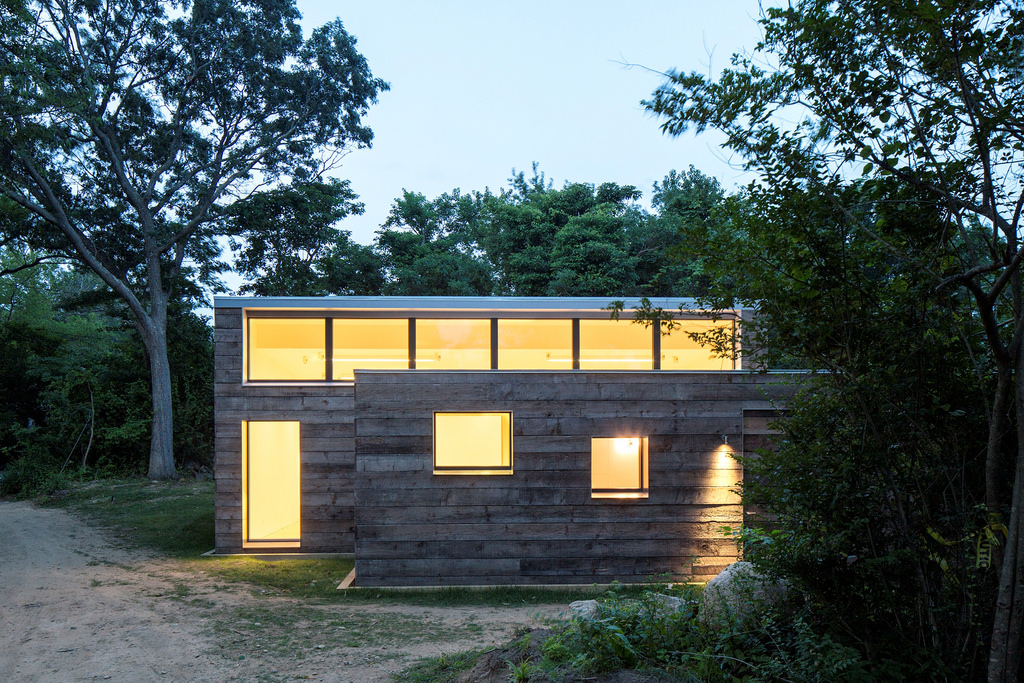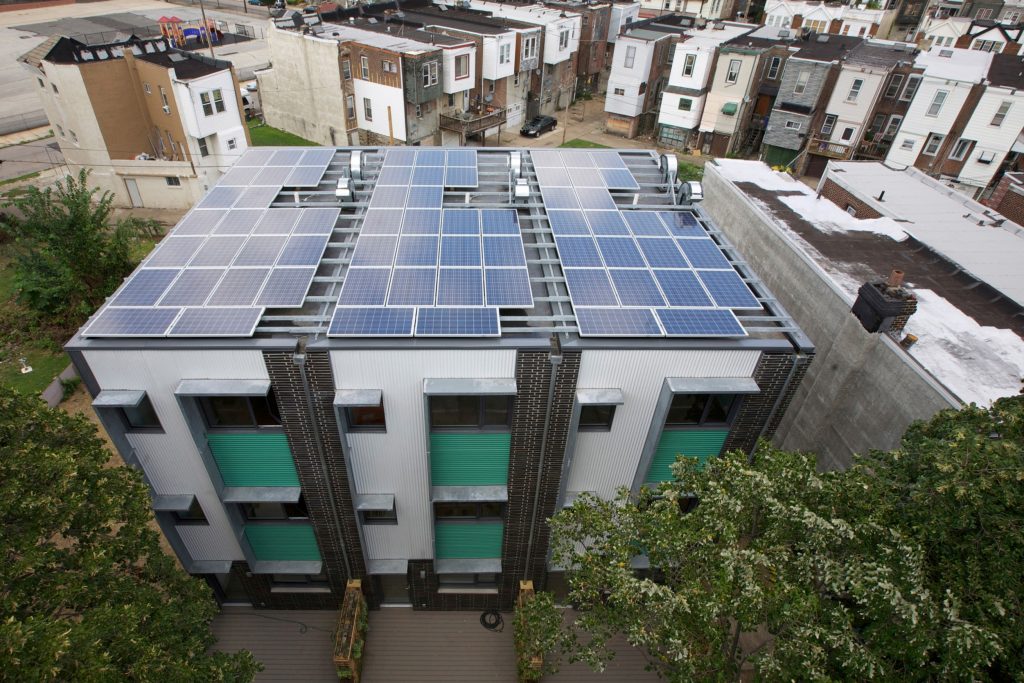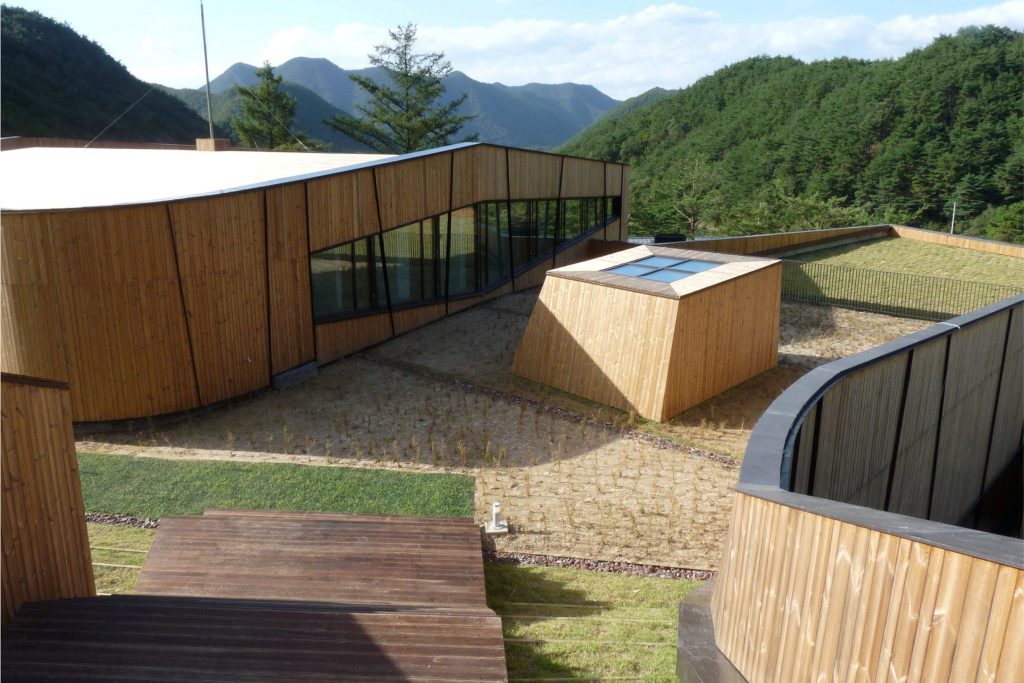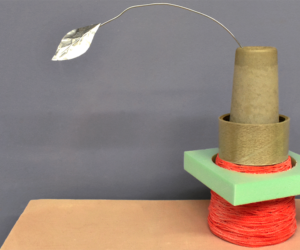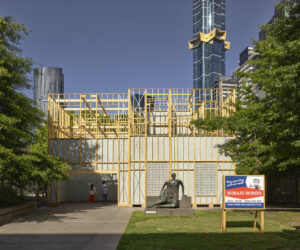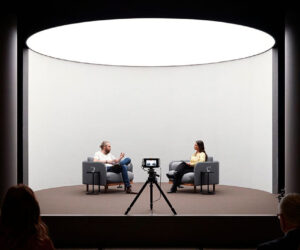Passive House technology for the future
Once completed, a building often goes untouched over the course of decades; the energy standard to which it is designed or retrofitted is therefore crucial. At the 2014 International Passive House Conference in Aachen, Germany, which took place this weekend, experts from all over the world showed how current construction practices can be made fit for the future. Recent progress on highly energy efficient building components has been groundbreaking; several examples were presented at the accompanying exhibition.
“Energy efficient construction and refurbishment is getting less expensive each year and is thus becoming even more attractive for building owners,” explains Dr. Wolfgang Feist, Director of the Passive House Institute. The Component Award for windows, awarded at the conference in Aachen, demonstrates that considerable savings can be achieved with Passive House technology. “Investing in the energy efficiency of your own building is first and foremost a question of economic sense,” says Feist. “Improved comfort is an added benefit, as is the significant contribution to the fight against climate change.”
The fact that architecture itself also benefits from the Passive House concept was documented in Aachen with the bestowal of another prize. At the opening of the conference, six buildings and one region were recognised with the 2014 Passive House Award: an apartment block in Berlin (Germany), a New York retrofit (USA), a seminar building in Goesan (South Korea), an art museum in Ravensburg (Germany), a building complex in Espoo (Finland), a terraced house in Philadelphia (USA), and an entire Passive House district in Heidelberg (Germany). The Award was granted as part of the EU funded project PassREg (Passive House Regions with Renewable Energies) and further supported by the German Federal Ministry of Economic Affairs and Energy.
During the two day conference, almost one hundred expert lectures were held covering a wide range of topics, from the challenges presented by the construction of Passive House buildings in different climate zones to experience gained with Passive House supermarkets and indoor swimming halls. A special session, held within the framework of the EuroPHit project, focused on step by step retrofits of existing buildings, carried out over the course of years. Particular emphasis was given to developments that will substantially influence the building sector, such as the European Buildings Directive. The directive, stipulating that all buildings be designed as “Nearly Zero Energy Buildings” as of 2021, can be easily satisfied through a combination of Passive House and the use of renewable energies.
The Passive House Institute is preparing for this development with the introduction of new certification categories. In the future, not only the energy demand, but also energy generation on or near the building, for example, by means of photovoltaic systems, will be taken into consideration. In his concluding address, Dr. Feist unveiled a new method for the overall evaluation of building energy demand; a future-proof scenario in which the exclusive use of renewable energies connected via the power grid reigns serves as the reference.
The launch of designPH, the new 3D planning tool, met with great excitement, especially by the designers and architects amongst the some 1,000 conference visitors. The software, based on SketchUp, allows for the 3D input of energy-relevant design data – the building envelope and shading data is detected automatically and can be optimised as required. The result can then be exported into the globally established Passive House planning tool, the PHPP, with just a few clicks.
The International Passive House Conference, organised by the Passive House Institute, has been taking place at changing venues since 1997. This year’s conference was organised in cooperation with the City of Aachen and the EnergyAgency.NRW. A lively exhibition featuring manufacturers of energy efficient building components and other important industry stakeholders took place in parallel to the expert lectures. Further workshops and seminars were offered within the conference framework programme, which was rounded off with excursions to built Passive Houses in the region. The next International Passive House Conference will take place from 17 – 18 April 2015 in Leipzig (Germany).
Over a third of the total energy consumed in industrialised countries results from the operation of buildings, and most of this goes towards heating. This consumption can be reduced by up to 90 percent using Passive House technology. The remaining demand can be easily met with renewable energies. This standard is not only economically attractive, it also constitutes an important contribution to the energy revolution and climate protection.
